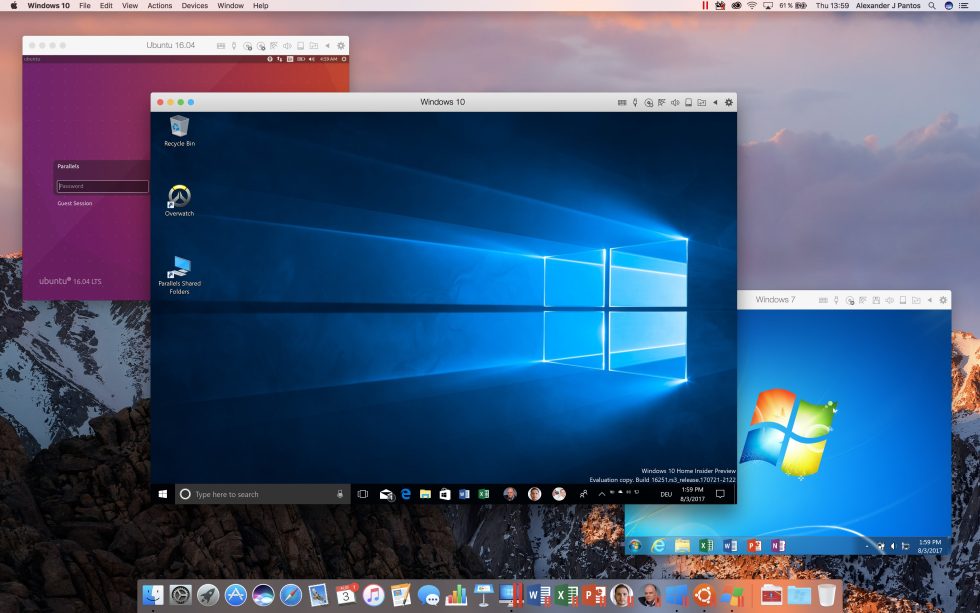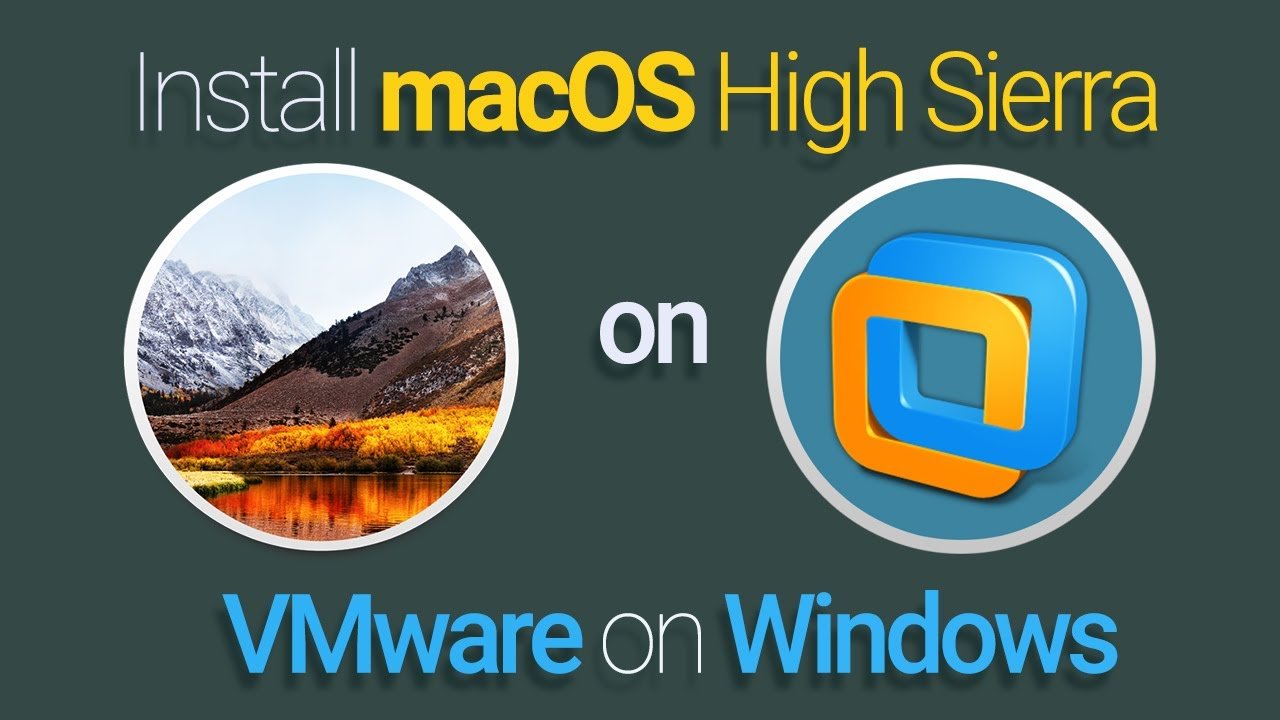


With appropriate network bandwidth and suitable remote client devices, IT can now offer the most advanced users an immersive 3D-graphics experience while freeing them from the limitations of the old computing metaphor: This shift changes the computing metaphor for graphics processing, putting the additional compute, memory, networking, and security advantages of the data center at the disposal of the user, so that complex models and very large data sets can be accessed and manipulated from virtually anywhere. Moving the graphics acceleration hardware from the workstation to a server is a key architectural innovation. Note: This guide describes hardware-accelerated graphics in a VMware Horizon environment that uses a VMware vSphere® infrastructure.

Later sections provide installation and configuration instructions, as well as best practices and troubleshooting. It begins with typical use cases and matches these use cases to the three types of graphics acceleration, explaining the differences. This guide describes hardware-accelerated graphics in VMware virtual desktops in VMware Horizon®. In addition, in areas such as oil and gas, space exploration, aerospace, engineering, science, and manufacturing, individuals with these advanced requirements must be located in the same physical location as the workstation. These standalone workstations carry high acquisition and maintenance costs. If your virtualization needs don't require lots of host integration, à la Coherence or Unity, or the words "free" or "open source" rub your rhubarb, then VirtualBox is certainly worth a look.Engineers, designers, and scientists have traditionally relied on dedicated graphics workstations to perform the most demanding tasks, such as manipulating 3D models and visually analyzing large data sets.

VirtualBox, like Parallels Desktop and VMware Fusion, only works on Intel-based Macs, and is available for download now. Sun has a complete list of changes, including bug fixes and other improvements, on the VirtualBox website. Other Mac OS X-specific improvements include the addition of ACPI host power status reporting and the ability to pause running VMs when your Mac is put to sleep and resume the paused VMs on wake. Hardware virtualization support for Intel VT-x and AMD-V now works on Mac OS X, and that support enables 64-bit guest operating systems to be hosted by 32-bit operating systems as long as the hardware is 64-bit capable. The latest release in particular adds support for hardware 3D graphics acceleration of OpenGL in Windows guests. Since the beta, Sun has addressed nearly every issue we pointed out back in February. Sun today announced a significant update to version 2.1, with several important feature additions for those running virtual machines under Mac OS X. Sun's free and open source virtualization software, VirtualBox, has seen several upgrades since we took a look at a beta early this year.


 0 kommentar(er)
0 kommentar(er)
